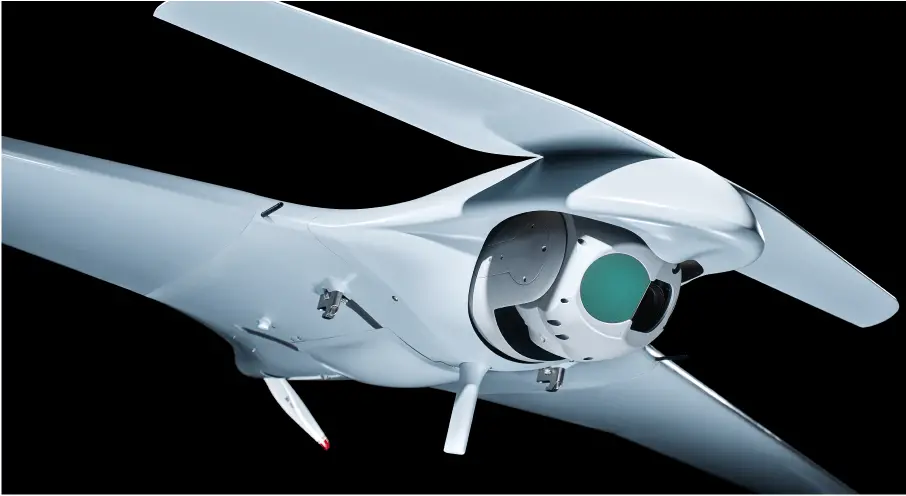On August 12, 2024, Aeronautics Ltd. announced a significant new contract with a NATO member country for its Orbiter 3 Unmanned Aerial Systems (UAS). This deal marks a major advancement in the recipient nation’s defense capabilities, promising to bolster its military operations with state-of-the-art technology. While specific details about the contract were not disclosed, the order is notable as it involves a NATO country currently using systems from the Orbiter family. This move underlines the growing reliance on advanced UAS solutions within NATO’s defense strategy. The Orbiter 3 will significantly augment the capabilities of the receiving nation’s existing fleet. This contract follows a pattern of increasing interest in high-performance unmanned systems by NATO members, reflecting a broader trend towards integrating sophisticated drone technology into military operations. Aeronautics has a history of supplying Orbiter systems to various NATO countries.

Croatia and Greece are known operators of the Orbiter 3, while Finland utilizes an upgraded version of the Orbiter 2. Croatia, which acquired its first Orbiter 3 system in early 2018, may be expanding its fleet. The original contract, valued at approximately $5.7 million, included one Orbiter 3 system comprising six air vehicles. It’s plausible that Croatia is now seeking additional units to enhance its operational capacity or replace existing systems. Greece, having procured a significant number of Orbiter 3 systems in April 2023, is less likely to be the current customer. The earlier contract aimed to provide “dozens of systems” to Greece, suggesting that recent deliveries are still in progress. In 2012, Finland embarked on a 20-year program involving up to 45 Orbiter systems and potentially 180 units, valued at $31 million. Although Finland has recently upgraded its Orbiter 2 systems and integrated them into its NATO operations.

Additionally, Aeronautics has had several undisclosed orders, including an $8 million deal in July 2019 for Orbiter UAS. This indicates a broader demand for Orbiter systems beyond publicly known contracts, hinting at continued strategic investments in unmanned aerial capabilities across various NATO and allied nations. Its integration into NATO member fleets underscores the importance of maintaining technological superiority in unmanned systems, which are increasingly vital for both reconnaissance and operational support roles. As NATO continues to enhance its collective defense capabilities, the addition of Orbiter 3 systems reflects a strategic move towards leveraging advanced technology to address emerging security challenges. Overall, this contract highlights the growing significance of unmanned aerial systems in modern military strategy and the ongoing evolution of defense technology within NATO and allied forces.

The Orbiter 3 Small Tactical UAS (STUAS) is an electrically powered, field deployed UAS designed for military and homeland security missions. It is manufactured by the Israeli company Aeronautics Defense Systems. Operated by 3 personnel, Orbiter 3 is launched from a vehicle mounted launcher and lands using a parachute and an airbag. Weighing up to 30 kg, Orbiter 3 can fly for 7 hours up to the range of 100 km. It carries a multi sensor camera with day and night channels and a laser pointer. It has been used in the Middle East since it was first developed. The system is used for ‘Over The Hill’ reconnaissance missions, Low Intensity Conflicts and Urban warfare operations as well as any close range ISTAR mission. Due to its special structure and quiet electrical motor the Orbiter has a very low electromagnetic and aquatic signature, which makes it difficult to detect in the field of battle. Orbiter 3 is operated by 6 international military customers.
















